Light between the trees poem: by Henry Van Dyke
Long, long, long the trail
Through the brooding forest-gloom,
Down the shadowy, lonely vale
Into silence, like a room
Where the light of life has fled,
And the jealous curtains close
Round the passionless repose
Of the silent dead.
Plod, plod, plod away,
Step by step in mouldering moss;
Thick branches bar the day
Over languid streams that cross
Softly, slowly, with a sound
In their aimless creeping
Like a smothered weeping,
Through the enchanted ground.
“Yield, yield, yield thy quest,”
Whispers through the woodland deep;
“Come to me and be at rest;
“I am slumber, I am sleep.”
Then the weary feet would fail,
But the never-daunted will
Urges “Forward, forward still!
“Press along the trail!”
Breast, breast, breast the slope!
See, the path is growing steep.
Hark! a little song of hope
When the stream begins to leap.
Though the forest, far and wide,
Still shuts out the bending blue,
We shall finally win through,
Cross the long divide.
On, on, onward tramp!
Will the journey never end?
Over yonder lies the camp;
Welcome waits us there, my friend.
Can we reach it ere the night?
Upward, upward, never fear!
Look, the summit must be near;
See the line of light!
Red, red, red the shine
Of the splendour in the west,
Glowing through the ranks of pine,
Clear along the mountain-crest!
Long, long, long the trail
Out of sorrow’s lonely vale;
But at last the traveller sees
Light between the trees!
Dandelion seeds a poem by Whitney Albright
She stands out
Against the weeds
Oh, she spouts
Her dandelion seeds
The smiling song
Of spring she leads
May the sunshine on
Her dandelion seeds
From the damp land
Her roots feed
Causing silver strands
In her dandelion seeds
Wishes she carries
Wishes she bleeds
Wishes are scattered
In her dandelion seeds
The Scribe in the Woods, Irish Poetry
The Scribe in the Woods, Irish Poetry
‘Over me green branches hang
A blackbird leads the loud song
Above my pen-lined booklet
I hear a fluting bird-throng
The cuckoo pipes a clear call
Its dun cloak hid in deep dell:
Praise to the Gods for their gifts
That in woodland I write well’
August in Black and white, In the forest after the rain.
I have always loved black and white images, from the moment I first started looking at photographers work and then owned my first camera and loaded its first roll of Ilfords HP5 black and white film. I love the drama that can be created using shades and tones, from pure white to inky blacks.
These days many photographers long after and spend lots of cash on digital cameras that can deliver the highest possible dynamic range of tones and shades, to myself however I just love trying to bring an image back down to the lowest dynamic range possible, that works towards adding true drama into an image.
This image was taken this evening on a forest path, just after we had a thunder and lightning storm, how much more drama does a photographer need ?
Nature on the forest floor, Moss ….
Moss is one of the most prevalent of woodland and forest plants, it covers almost all of the trees, living or dead. It green colour is one of the strongest to be found and when found in any patches of sun light breaking through the trees can be stunning.
Commercially there is a substantial market in mosses gathered from the wild. The uses for intact moss are principally in the florist trade and for home decoration. Decaying moss in the genus Sphagnum is also the major component of peat, which is “mined” for use as a fuel, as a horticultural soil additive, and in smoking malt in the production of Scotch whisky.
Sphagnum moss, generally the species S. cristatum and S. subnitens, is harvested while still growing and is dried out to be used in nurseries and horticulture as a plant growing medium.
The practice of harvesting peat moss should not be confused with the harvesting of moss peat. Peat moss can be harvested on a sustainable basis and managed so that regrowth is allowed, whereas the harvesting of moss peat is generally considered to cause significant environmental damage as the peat is stripped with little or no chance of recovery.
Some Sphagnum mosses can absorb up to 20 times their own weight in water. In World War I, Sphagnum mosses were used as first-aid dressings on soldiers’ wounds, as these mosses said to absorb liquids three times faster than cotton, retain liquids better, better distribute liquids uniformly throughout themselves, and are cooler, softer, and be less irritating. It is also claimed to have antibacterial properties. Native Americans were one of the peoples to use Sphagnum for diapers and napkins, which is still done in Canada.
In rural areas, types of moss were traditionally used to extinguish fires as it could be found in substantial quantities in slow-moving rivers and the moss retained large volumes of water which helped extinguish the flames. This historical use is reflected in its specific Latin/Greek name, the approximate meaning of which is “against fire”.
Traditional
Preindustrial societies made use of the mosses growing in their areas.
Laplanders, North American tribes, and other circumpolar people used mosses for bedding. Mosses have also been used as insulation both for dwellings and in clothing. Traditionally, dried moss was used in some Nordic countries and Russia as an insulator between logs in log cabins, and tribes of the northeastern United States and southeastern Canada used moss to fill chinks in wooden longhouses. Circumpolar and alpine peoples have used mosses for insulation in boots and mittens. Ötzi the Iceman had moss-packed boots.
The capacity of dried mosses to absorb fluids has made their use practical in both medical and culinary uses. North American tribal people used mosses for diapers, wound dressing, and menstrual fluid absorption. Tribes of the Pacific Northwest in the United States and Canada used mosses to clean salmon prior to drying it, and packed wet moss into pit ovens for steaming camas bulbs. Food storage baskets and boiling baskets were also packed with mosses.
Irish Butterflies – Wood White Leptidea sinapis (lep-TID-ee-uh sy-NAY-piss)
It a pleasure to be into photography at this time of year, nature is in full flight and at her very best.
For many personal reasons I have no been posting regularly here on my blog for the first time in many years so it also a pleasure to be able to make a start again.
Last week I spent as much time as I could taking my much love Nikon and macro lens out into our local woodlands and capturing lots of nature images. Here is just one of the many images I managed to get the time to process so far.
Now that I am starting again to post here, I plan to be very specific this summer with my images and close-up nature images will be one of my main areas.
Wood White
Family: Pieridae Swainson, 1820
Subfamily: Dismorphiinae Schatz, 1887
Tribe: Leptideini Verity, 1947
Genus: Leptidea Billberg, 1820
Subgenus:
Species: sinapis (Linnaeus, 1758)
Wingspan 42mm
The Wood White is one of our daintiest butterflies with one of the slowest and delicate flights of all the butterflies. When at rest, the rounded tips of the forewings provide one of the main distinguishing features between this butterfly and other “whites”. Adults always rest with their wings closed. In flight, the male can be distinguished from the female by a black spot at the tip of the forewings that is greatly reduced in the female. This butterfly lives discrete colonies and was only recently separated from the visibly-identical Cryptic Wood White. This local species can be found in central and southern England and also in Ireland on the limestone pavements of Clare and South-east Galway. This species is absent from Scotland, the Isle of Man and the Channel Islands.
Beyond The Door – Poem by Clark Ashton Smith
Beyond The Door – Poem by Clark Ashton Smith
Alas! the evanescence of a dream,
That, like a rose, shall never blossom more!
A glimpse of unguessed things, and then the door
Of waking sense clangs to. Alas! the Gleam,
The visioned Secret and the Light supreme,
That one at moments nears, when, lo! the pall
Of veiling darkness drops and covers all –
The darkness of the daylight’s aureate beam!
Leaving but an elusive memory –
A heavenly cadence, a supernal word,
Never but half-recalled. In dreams are heard
Who knows what tidings from Eternity,
Transcendant, strange! Alas! we may not bring
Aught past the gateway of Awakening!
Clark Ashton Smith
“At the Gate” by Henrik Nordbrandt
AT THE GATE
1.
In the dream
at the gate to your grave
you stopped me
with the same words
I had spoken in a dream
where I died before you
so now I can no longer dream.
2.
Rusty, and on squeaky hinges
all the gates I have ever
seen, heard, or described
closed one by one
under a grey sky.
That is all there was
in my mind, earth.
3.
What can I say about the world
in which your ashes sit in an urn
other than that?
4.
On every trip you stay ahead of me.
On platforms I see your footprints in fresh snow.
When the train starts to move
you jump out of the back carriage
to reach the next station ahead of me.
5.
Outside the small towns with their sleepy street lights:
stadiums bright as capitols.
The lights glinted off your glasses.
Where else should you look for the ring
which, the night the power went out,
rolled under the bed and was gone?
6.
“I miss you, too”
were my last words
on the telephone
when you said you missed me.
I miss you too, Forever!
7.
You are gone.
Three words. And not one
of them
exists now in any other context.
Monday Poetry, In the winter forest, Emma Funnell
In the winter forest
Emma Funnell
The trees move in the Winter Forest,
They sway with the gental breeze.
Naked as the leaves fall to the ground,
And the water will slowly freeze.
The forest casts shadows on the snowy grounds,
As the light of a thousand stars shine through.
The angels dance and sing in the snow,
As the sky turns to a midnight blue.
One angel sings of the moon and stars,
Another sings of the sun.
They play in the trees and howl with the wind,
Their wings glistening as through the forest they gracefully run.
By day the Winter Forest is quiet and peaceful,
But by night it’s alive with games and song.
The angels, fairies, moon and stars,
Beckon you to come along.
Join in with their dance in praise of the night,
Run with the wolves fast and free.
When the sun comes up they will say goodnight,
Silent again the Winter Forest will be!
EMMA Funnell
October on the forest floor : fallen leaves
Today was a typical Autumn day here in country Kilkenny, we have had some mixed weather over the last few days, some sun , some rain. Today was mild but wet, so all the falling leaves were full of rain drops something I just had to capture 🙂
To Autumn, a poem by John Keats
To Autumn, By John Keats
Season of mists and mellow fruitfulness,
Close bosom-friend of the maturing sun;
Conspiring with him how to load and bless
With fruit the vines that round the thatch-eves run;
To bend with apples the moss’d cottage-trees,
And fill all fruit with ripeness to the core;
To swell the gourd, and plump the hazel shells
With a sweet kernel; to set budding more,
And still more, later flowers for the bees,
Until they think warm days will never cease,
For summer has o’er-brimm’d their clammy cells.
Who hath not seen thee oft amid thy store?
Sometimes whoever seeks abroad may find
Thee sitting careless on a granary floor,
Thy hair soft-lifted by the winnowing wind;
Or on a half-reap’d furrow sound asleep,
Drows’d with the fume of poppies, while thy hook
Spares the next swath and all its twined flowers:
And sometimes like a gleaner thou dost keep
Steady thy laden head across a brook;
Or by a cyder-press, with patient look,
Thou watchest the last oozings hours by hours.
Where are the songs of spring? Ay, Where are they?
Think not of them, thou hast thy music too,—
While barred clouds bloom the soft-dying day,
And touch the stubble-plains with rosy hue;
Then in a wailful choir the small gnats mourn
Among the river sallows, borne aloft
Or sinking as the light wind lives or dies;
And full-grown lambs loud bleat from hilly bourn;
Hedge-crickets sing; and now with treble soft
The red-breast whistles from a garden-croft;
And gathering swallows twitter in the skies.
October – Along the Forest Path 1… (Viburnum Opulus) Guelder Rose, Berries
Viburnum Opulus Hedging
Guelder Rose, Viburnum opulus, is one of Britain’s most beautiful native shrubs and it makes a great hedging plant, typically in a mixed country hedge. It also make a fine ornamental shrub for any garden: in the wild, it is often found in dappled woodland shade, but it needs full sun to give you the best show of flowers. Guelder Rose bushes will grow pretty much anywhere, including shady sites under large trees and chalky soils. It prefers a moist soil and will tolerate periods of waterlogging.
Guelder Rose is good for hedges up to about 5 metres high.
Browse all of our other varieties of Viburnum trees & shrubs plants. Alternatively, view our selection of native hedging or see our full range of hedging plants.
Guelder Rose hedge plants are only delivered bareroot, during winter (Nov-March).
Choosing a size: When you are ordering Guelder Rose plants for a hedge, we suggest that you buy smaller plants if you are not in a rush. They are cheaper and easier to handle than large plants. They will also give you a bushy hedge with little effort.
Spacing Guelder Rose hedging:
Plant Guelder Rose at 3 plants per metre, 33cms apart.
You can also plant Guelder Rose at 5 plants per metre in a staggered double row, with 33 cms between each plant and 40cms between the rows.
The Guelder Rose makes an excellent mixed hedge plant, typically with hawthorn.
General description of Guelder Rose plants:
It has large, three lobed leaves that colour up in autumn with a jumble of tones that bleed together in a rough, rustic manner. The flowers are quite unique, with a ring of dainty little smooth star shaped flowers rising above bed of even smaller, bud-like blooms. The smaller flowers are the ones that ripen into blood red fruit, in time for the excellent red and yellow autumn colours.
History & uses of Viburnum opulus
The Guelder Rose isn’t a rose at all, it is closely related to the elderflowers. The name probably comes from the Dutch region of Gelderland. Guelder Rose berries were one of the secondary food sources that our ancestors would have depended upon in hard times. We don’t recommend eating them, as even slightly unripe fruit will cause stomach upsets, but if civilisation happens to collapse and you find yourself living in the woods, you could feed yourself by boiling up them up into a soup. Until then, we recommend leaving the berries for the birds.
To Autumn – Poem by William Blake
O Autumn, laden with fruit, and stainèd
With the blood of the grape, pass not, but sit
Beneath my shady roof; there thou may’st rest,
And tune thy jolly voice to my fresh pipe,
And all the daughters of the year shall dance!
Sing now the lusty song of fruits and flowers.
`The narrow bud opens her beauties to
The sun, and love runs in her thrilling veins;
Blossoms hang round the brows of Morning, and
Flourish down the bright cheek of modest Eve,
Till clust’ring Summer breaks forth into singing,
And feather’d clouds strew flowers round her head.
`The spirits of the air live on the smells
Of fruit; and Joy, with pinions light, roves round
The gardens, or sits singing in the trees.’
Thus sang the jolly Autumn as he sat;
Then rose, girded himself, and o’er the bleak
Hills fled from our sight; but left his golden load.
William Blake
E.B. White: Song of the Queen Bee
A great poem by E.B. White, published in the New Yorker Magazine 1945, even back then people loved their bee’s .
These days they need lots of love and care as it feels like its getting harder and harder of find them !!!!!
“The breeding of the bee,” says a United States Department
of Agriculture bulletin on artificial insemination, “has
always been handicapped by the fact that the queen mates
in the air with whatever drone she encounters.”
When the air is wine and the wind is free
and the morning sits on the lovely lea
and sunlight ripples on every tree
Then love-in-air is the thing for me
I’m a bee,
I’m a ravishing, rollicking, young queen bee,
That’s me.
I wish to state that I think it’s great,
Oh, it’s simply rare in the upper air,
It’s the place to pair
With a bee.
Let old geneticists plot and plan,
They’re stuffy people, to a man;
Let gossips whisper behind their fan.
(Oh, she does?
Buzz, buzz, buzz!)
My nuptial flight is sheer delight;
I’m a giddy girl who likes to swirl,
To fly and soar
And fly some more,
I’m a bee.
And I wish to state that I’ll always mate
With whatever drone I encounter.
There’s a kind of a wild and glad elation
In the natural way of insemination;
Who thinks that love is a handicap
Is a fuddydud and a common sap,
For I am a queen and I am a bee,
I’m devil-may-care and I’m fancy-free,
The test tube doesn’t appeal to me,
Not me,
I’m a bee.
And I’m here to state that I’ll always mate
With whatever drone I encounter.
Mares and cows. by calculating,
Improve themselves with loveless mating,
Let groundlings breed in the modern fashion,
I’ll stick to the air and the grand old passion;
I may be small and I’m just a bee
But I won’t have science improving me,
Not me,
I’m a bee.
On a day that’s fair with a wind that’s free,
Any old drone is a lad for me.
I’ve no flair for love moderne,
It’s far too studied, far too stern,
I’m just a bee—I’m wild, I’m free,
That’s me.
I can’t afford to be too choosy;
In every queen there’s a touch of floozy,
And it’s simply rare
In the upper air
And I wish to state
That I’ll always mate
With whatever drone I encounter.
Man is a fool for the latest movement,
He broods and broods on race improvement;
What boots it to improve a bee
If it means the end of ecstasy?
(He ought to be there
On a day that’s fair,
Oh, it’s simply rare.
For a bee.)
Man’s so wise he is growing foolish,
Some of his schemes are downright ghoulish;
He owns a bomb that’ll end creation
And he wants to change the sex relation,
He thinks that love is a handicap,
He’s a fuddydud, he’s a simple sap;
Man is a meddler, man’s a boob,
He looks for love in the depths of a tube,
His restless mind is forever ranging,
He thinks he’s advancing as long as he’s changing,
He cracks the atom, he racks his skull,
Man is meddlesome, man is dull,
Man is busy instead of idle,
Man is alarmingly suicidal,
Me, I am a bee.
I am a bee and I simply love it,
I am a bee and I’m darn glad of it,
I am a bee, I know about love:
You go upstairs, you go above,
You do not pause to dine or sup,
The sky won’t wait —it’s a long trip up;
You rise, you soar, you take the blue,
It’s you and me, kid, me and you,
It’s everything, it’s the nearest drone,
It’s never a thing that you find alone.
I’m a bee,
I’m free.
If any old farmer can keep and hive me,
Then any old drone may catch and wife me;
I’m sorry for creatures who cannot pair
On a gorgeous day in the upper air,
I’m sorry for cows that have to boast
Of affairs they’ve had by parcel post,
I’m sorry for a man with his plots and guile,
His test-tube manner, his test-tube smile;
I’ll multiply and I’ll increase
As I always have—by mere caprice;
For I am a queen and I am a bee,
I’m devil-may-care and I’m fancy-free,
Love-in-air is the thing for me,
Oh, it’s simply rare
In the beautiful air,
And I wish to state
That I’ll always mate
With whatever drone I encounter.
Natural world : Working with Trees and Tree Spirits
Working with Trees and Tree Spirits
Article from Sacred serpent …..
Trees are probably the most evolved of all plants. There is a special relationship between trees and humans, as trees produce the oxygen that we need to breathe, while we exhale carbon dioxide which trees thrive on. You could say that our exhalation is their inhalation and vice versa! Trees are multidimensional beings. They have their roots deep down in the earth which signifies their connection to the Underworld. Their trunks and lower branches are in our world, the world of men, which in shamanic terms is called the Middle World. The branches of tall trees reach high in the sky which makes them a bridge into the Upper World. In fact, in many cultures shamans journey into the Upper World by visualizing themselves climbing a tall tree to the very top and then flying up into the sky! Trees also connect us to other realms, such as the Faerie Realm, which is in a parallel dimension to ours.
The cutting down of forests and trees in our reality gradually destroys the Faerie Realm as well. Tree spirits are only loosely connected with their physical bodies, the actual visible tree. Because they are multidimensional and enjoy great freedom on the astral, and because of their connection to other realms, they can help us in journeying and inter-dimensional travel. Besides, meditating with a tree can be very relaxing and helps us to get grounded. Trees are great energy converters as well. They can transmute our negative energies and help us heal. This is shown by the very fact that they thrive on our metabolic waste products (carbon dioxide). For this reason we can draw energy from a tree without depleting it simply by giving it some of our unwanted energy in exchange.
The first signs of Spring – BlackThorn
Blackthorn is the 12th letter of the Gaelic tree alphabet, representing P, yet another controversial letter. There was no P in the Gaelic alphabet until recently, so some tree has had to stand in. As Blackthorn was in the original alphabet (for St, as its old Gaelic name is Straiph, but St is no longer considered a letter in its own right). As Blackthorn’s latin name is Prunus spinosa, it fits the bill. Its modern Gaelic name is Draighneag or Airne (sloe) or Sgitheach dubh (black hawthorn).
Snippets of Lore
Blackthorn is the 12th letter of the Gaelic tree alphabet representing P, controversially, as there was no P in the alphabet until recently
For my explanation of why Blackthorn stands for P see http://mandyhaggith.worldforests.org/index.asp?pageid=359149
Blackthorn’s latin name is Prunus spinosa. In modern Gaelic, draighneag (pierce), airne (sloe) or sgitheach dubh (black hawthorn).
Blackthorn’s fruit is called sloe. They are very high in Vitamin C.
To get a taste of the bitterness of sloes, nowhere better to start than Vicki Feaver. http://www.spl.org.uk/best-poems_2006/feaver.htm
Too much sloe gin may be too much of a good thing.
Sloe gin infused with pennyroyal and valerian was the original ‘Mother’s Ruin’.
Blackthorn is the ancestor of all plum trees.
Sloe stones have been found in Neolithic cairns and crannogs.
The Ice Man was carrying a sloe, presumably to eat.
Sloes are better flavored if frosted, or dried then rehydrated.
Sloe jelly is best made with apples.
Sloes are good for the bladder, kidneys, stomach and lung complaints.
Sloe juice and bark gives indelible ink.
Sloes gives a pinky purple dye, and blackthorn bark produces a red or orange dye.
Blackthorn bark can be used to reduce fever.
Use blackthorn leaves for tea. It’s good for tonsils and larynx.
Have another sloe gin (by Seamus Heaney) http://archiver.rootsweb.ancestry.com/th/read/IrelandGenWeb/2003-11/1069876152
Responding to Heaney, Tom Rawling’s Sloe Gin: http://www.xen19.dial.pipex.com/dec_2.htm
And another moody blackthorn poem, this one by Louis McKee, coming into blossom. http://www.poemhunter.com/poem/the-blackthorn/
Blackthorn produces beautiful snow white blossoms early and before the leaves come.
Blackthorn’s leafless stems, in flower, evoke a place between death and life.
Blackthorn blossom is unlucky indoors (maybe for the same reason as hawthorn?)
A tisane of blackthorn blossom ‘purges to the depths’.
Rough weather in March is called a Blackthorn Winter.
Blackthorn is the sister of Hawthorn: Blackthorn governs Nov-April, Hawthorn governs May-Oct.
Blackthorn wood is hard and good for walking sticks and weapons. Best walking sticks are blackthorn entwined by honeysuckle.
Irish sheleilaigh sticks are made with blackthorn wood.
Blackthorn trees give good shelter for birds to nest in. It makes excellent hedges.
Blackthorn is supposed to never exceed 13 feet.
Proverb: Better the bramble than the blackthorn, but better the blackthorn than the devil.
Blackthorn helps you see beyond negatives to opportunity.
A hero fleeing from giants needs a magical blackthorn twig which will sprout into a thicket!
Blackthorns were believed to spring from the blood of Norse invaders.
A blackthorn thorn tipped with poison is a subtle weapon known as ‘a pin of slumber’.
Blackthorn is associated with Sleeping Beauty – after pricking her finger, the castle was thorn-bound until love came.
Witches stick blackthorns into wax effigies of their enemies.
Blackthorn was used for pyres when burning witches.
Blackthorn was believed to have been used for Christ’s Crown of Thorns, hence unlucky.
For fertile fields, make, wear, then burn a blackthorn crown and spread its ash.
Blackthorn represents the inevitability of death, and of dark secrets.
Evil fairy-folk stole babies – and hid them in blackthorn bushes.
‘Many sloes, many cold toes’ – presage of bad winter ahead.
The First flowers of Spring, The Primrose a Poem Thomas Carew
The Primrose
Thomas Carew
Ask me why I send you here
The firstling of the infant year;
Ask me why I send to you
This primrose all bepearled with dew:
I straight will whisper in your ears,
The sweets of love are washed with tears.
Ask me why this flower doth show
So yellow, green, and sickly too;
Ask me why the stalk is weak
And bending, yet it doth not break:
I must tell you, these discover
What doubts and fears are in a lover.

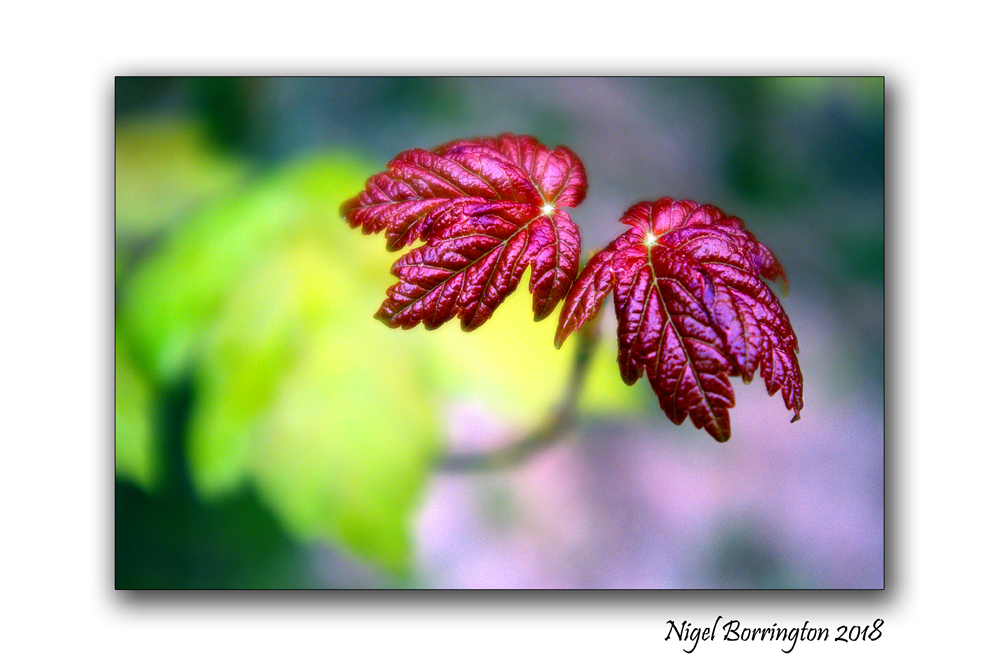

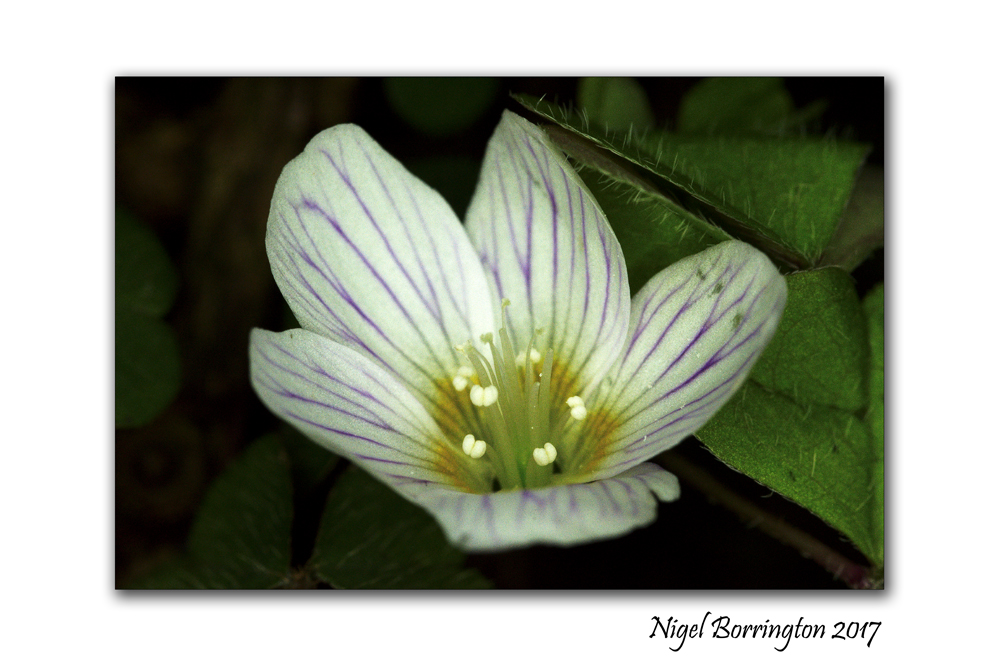
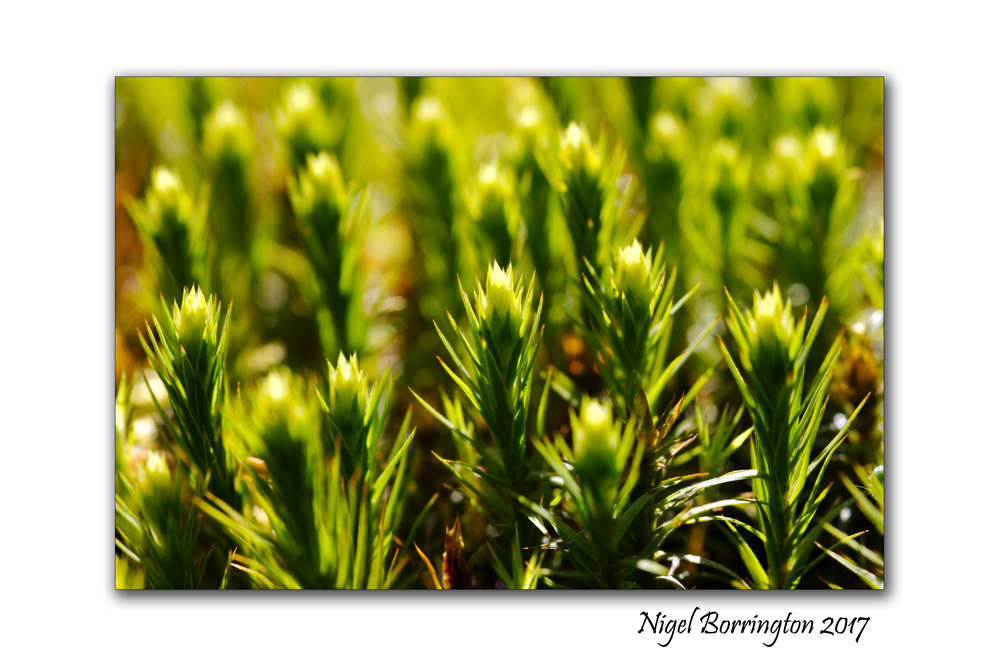
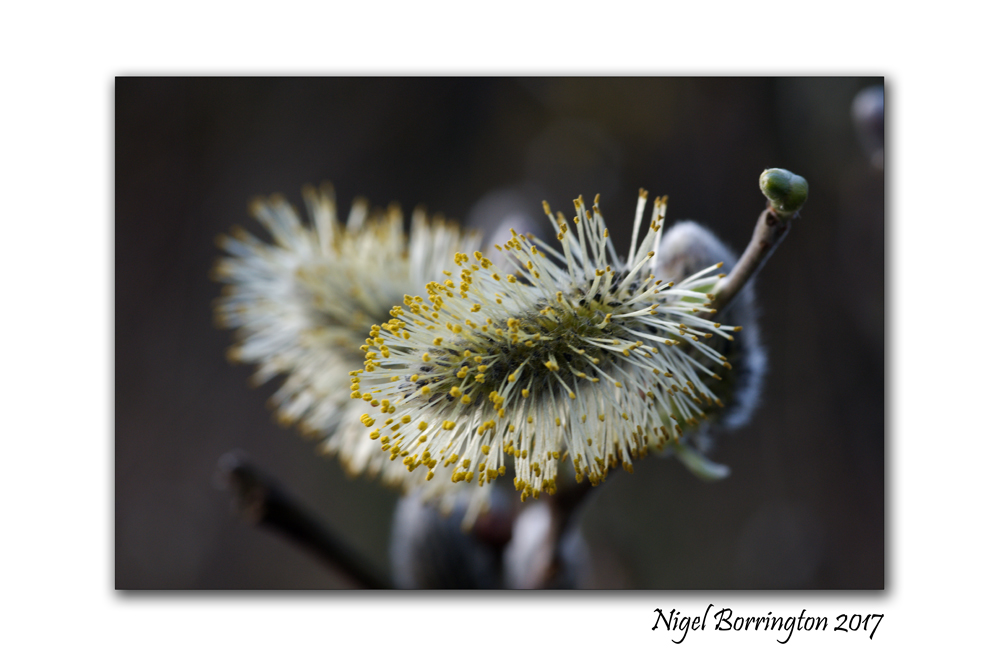
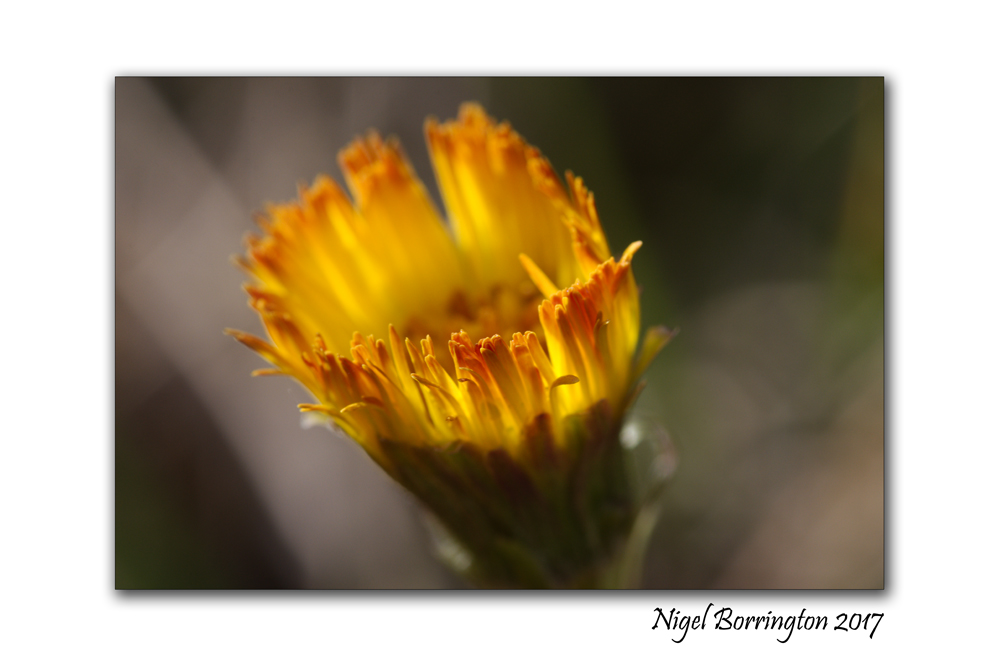

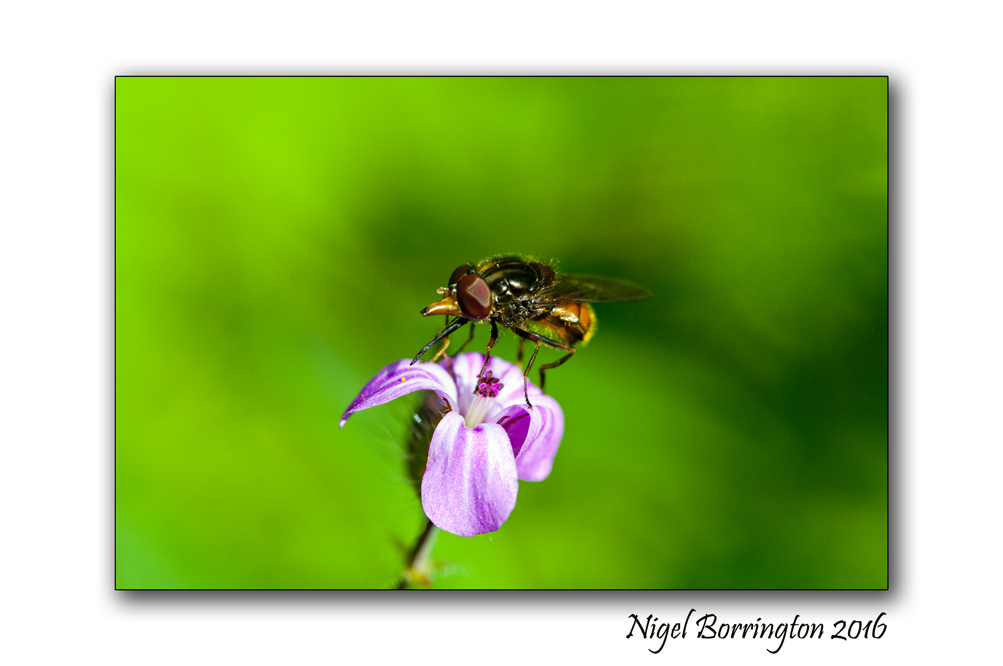
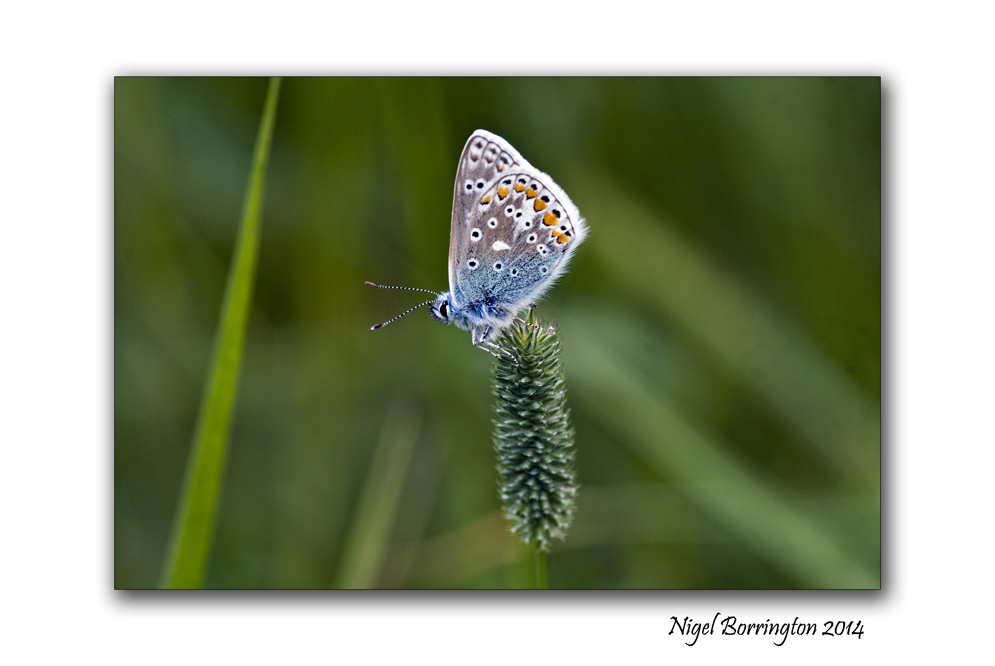
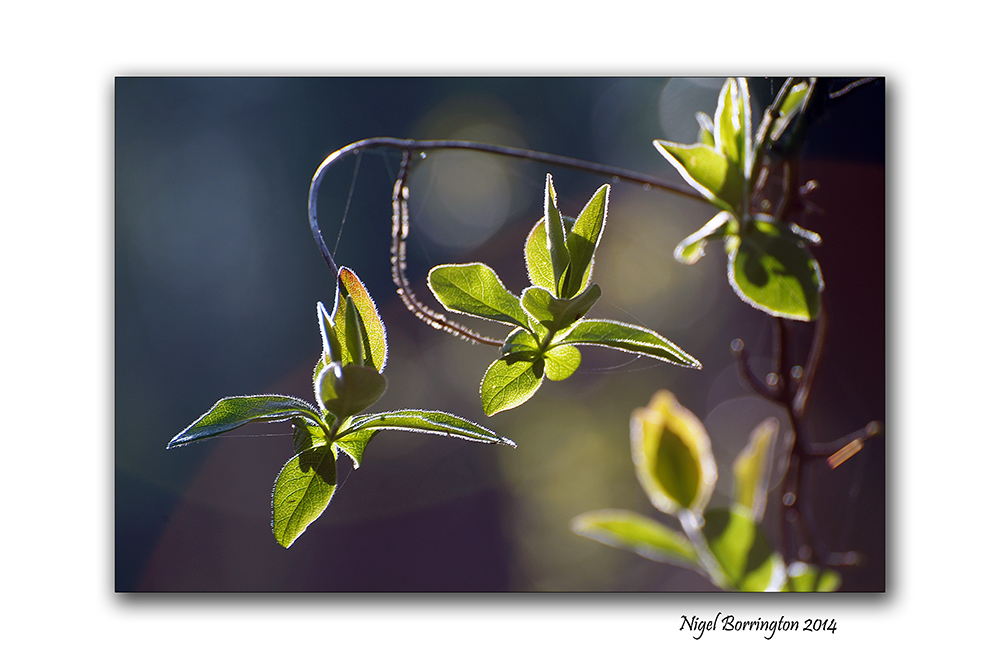




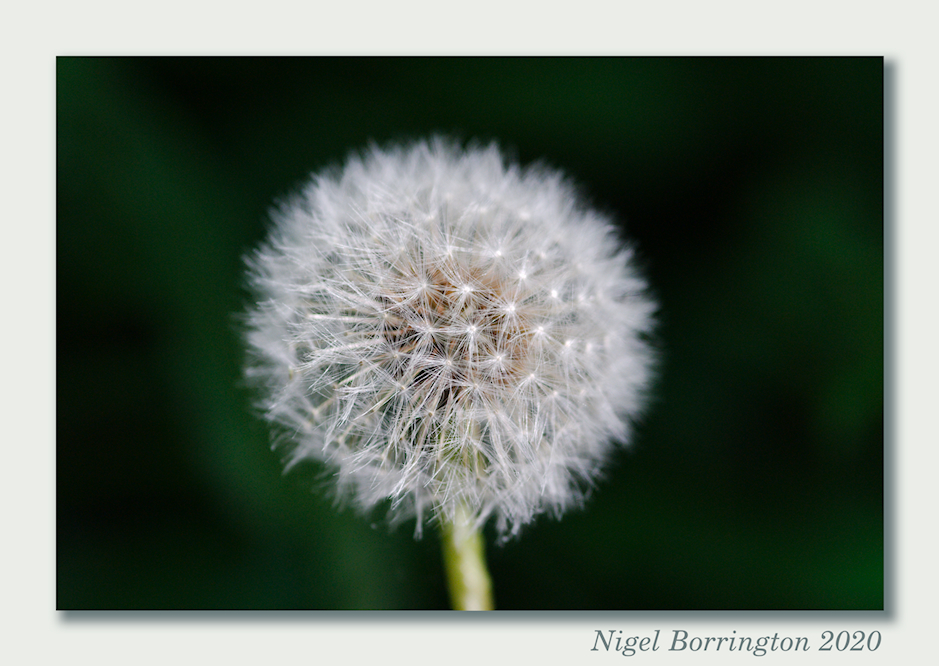





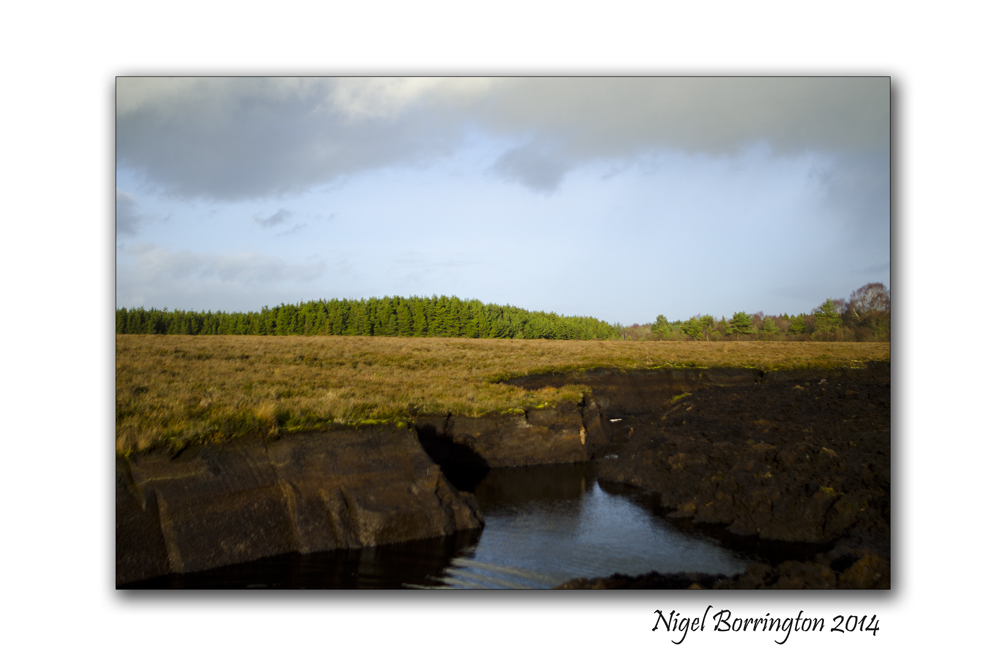
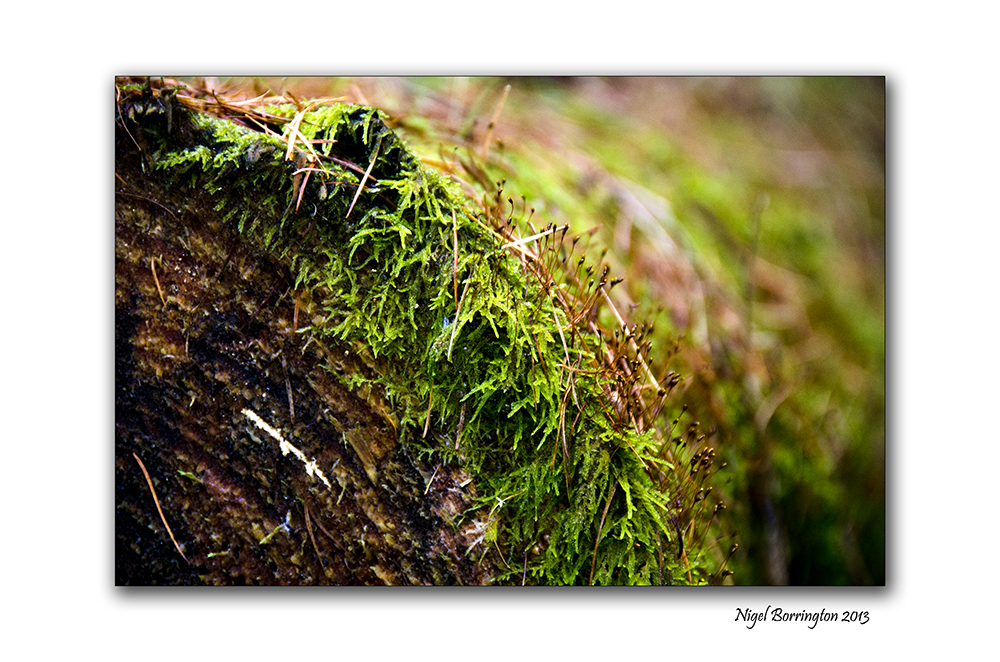
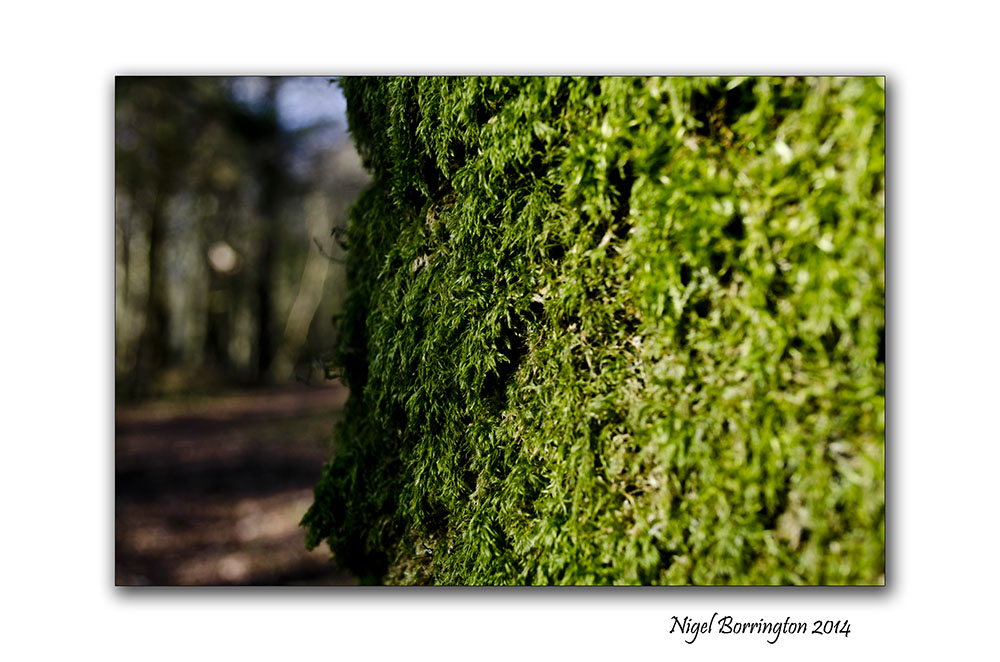


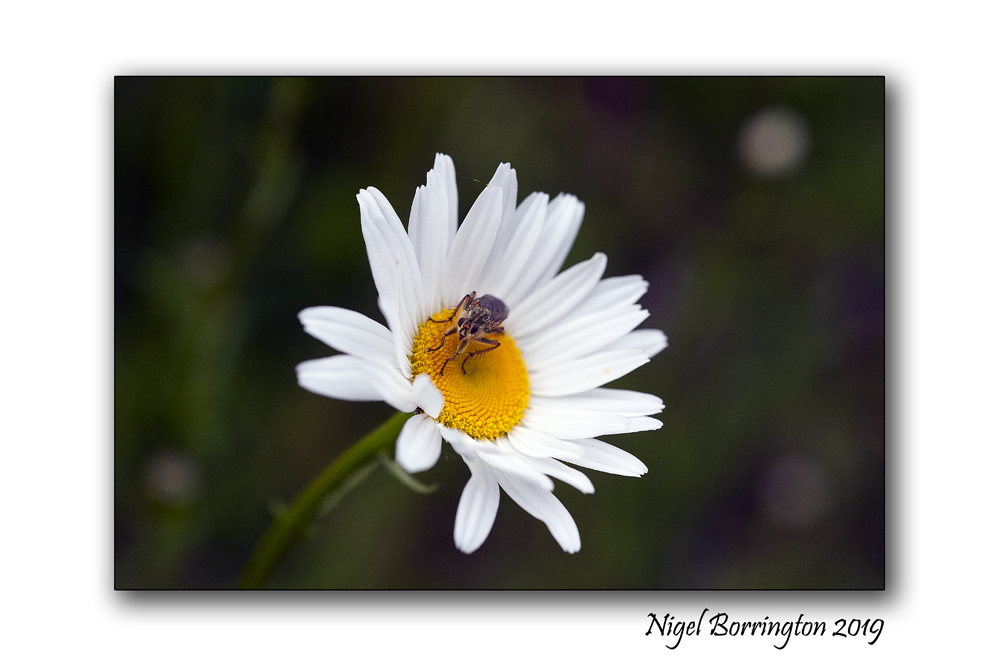
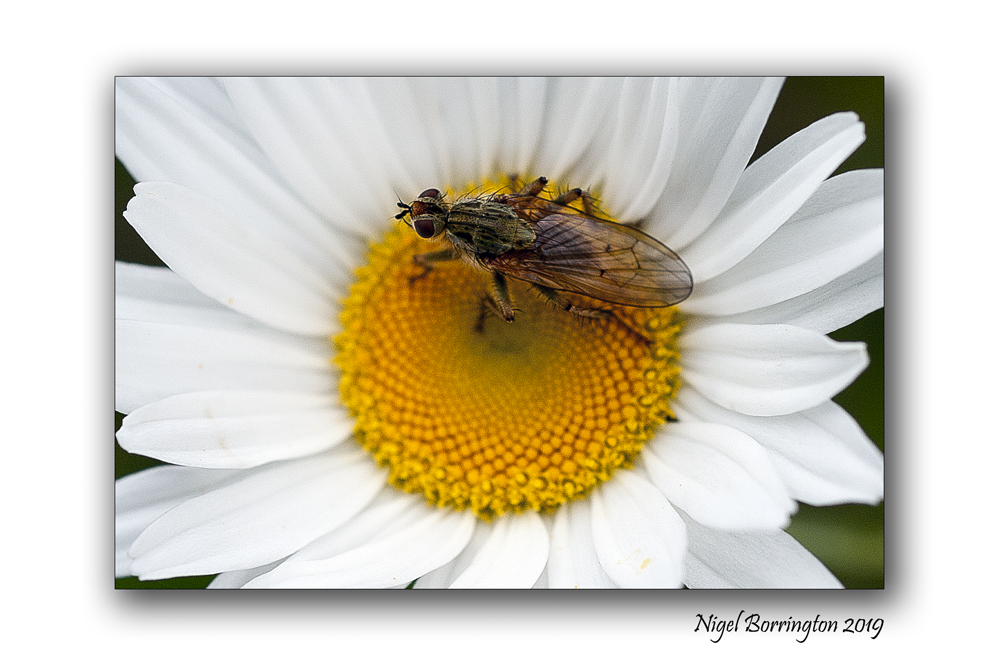
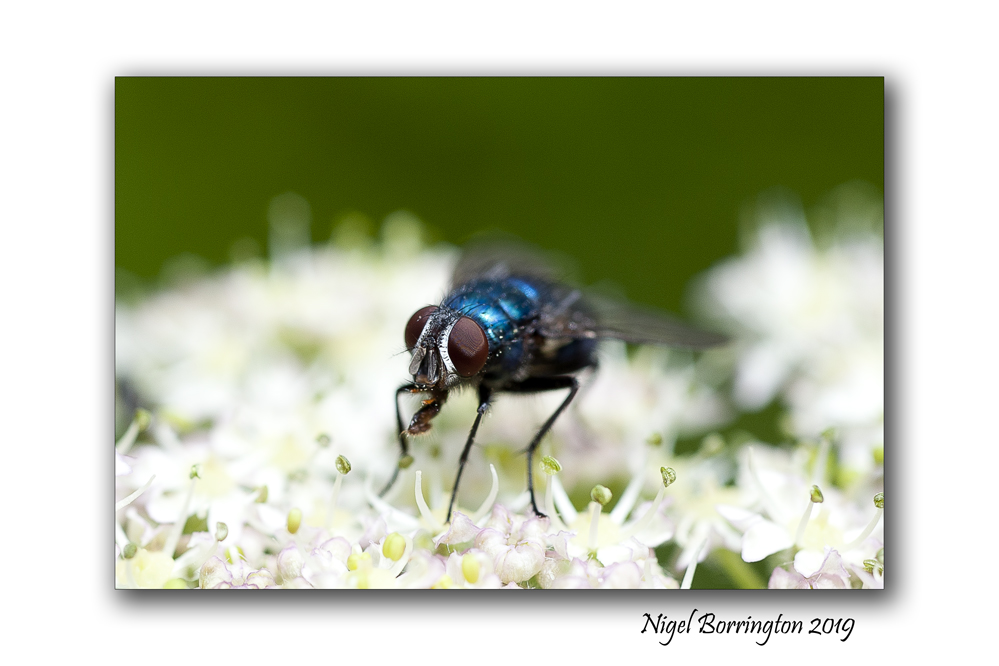

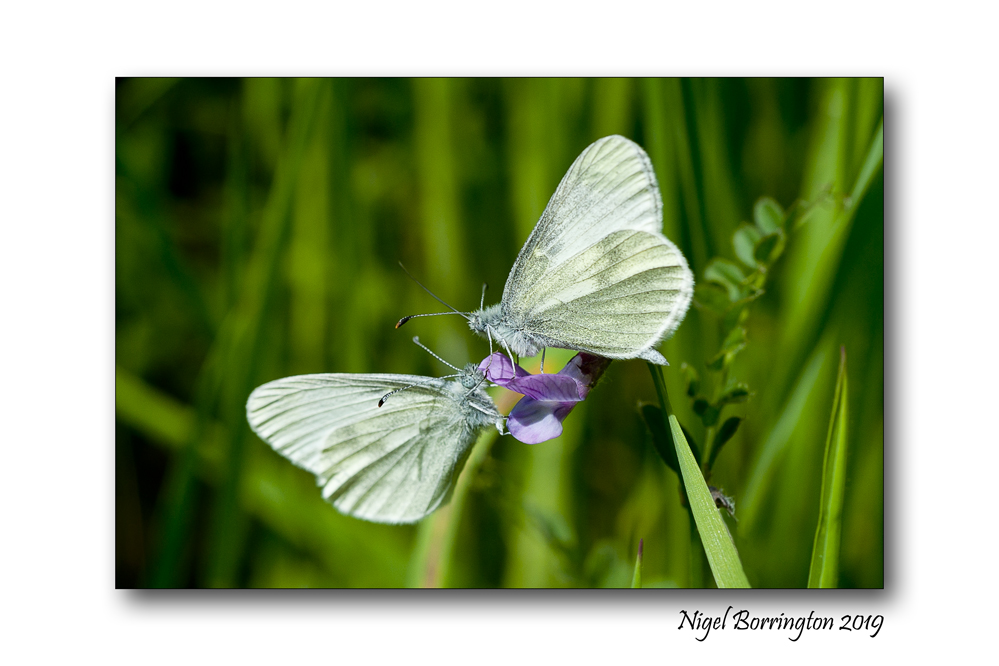

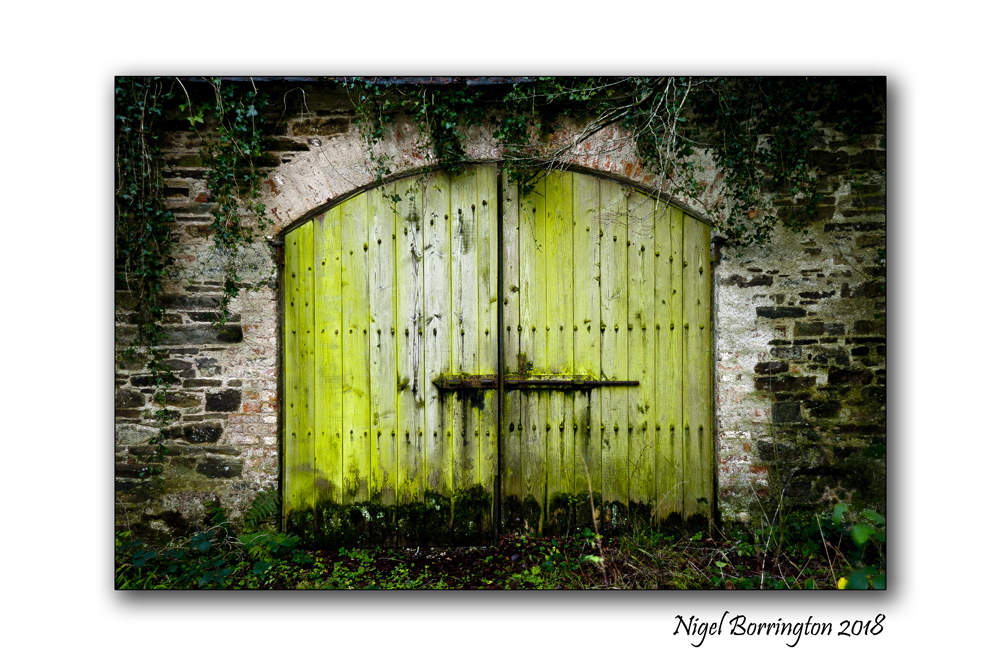



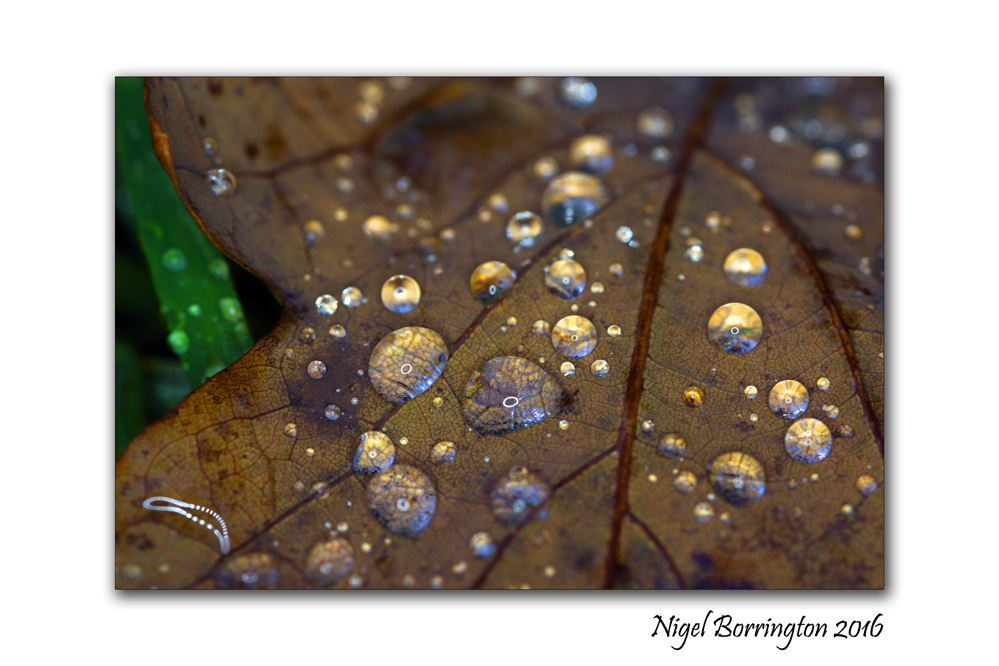


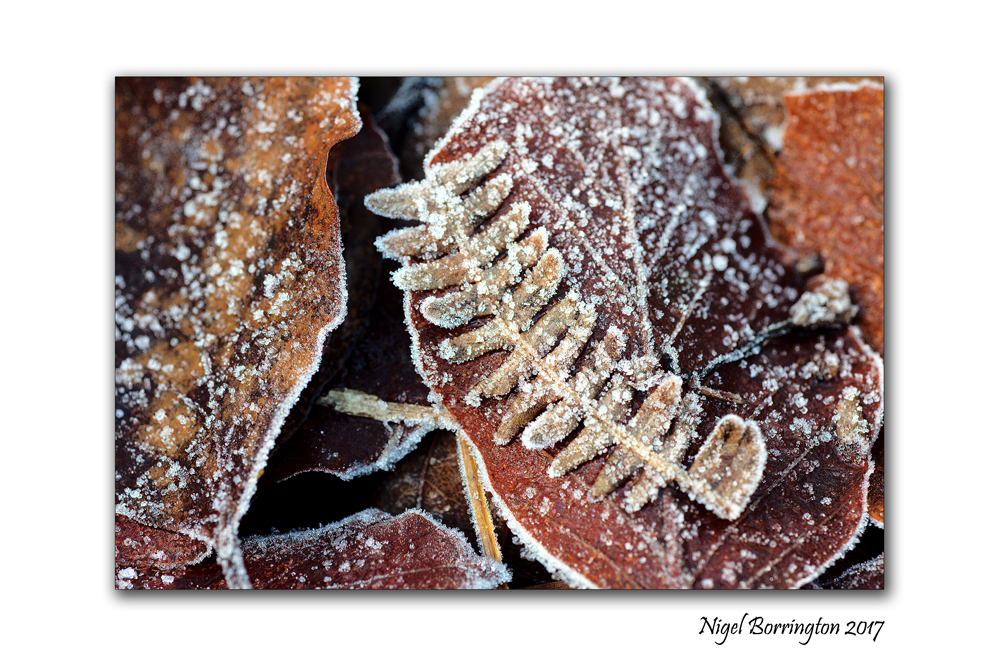







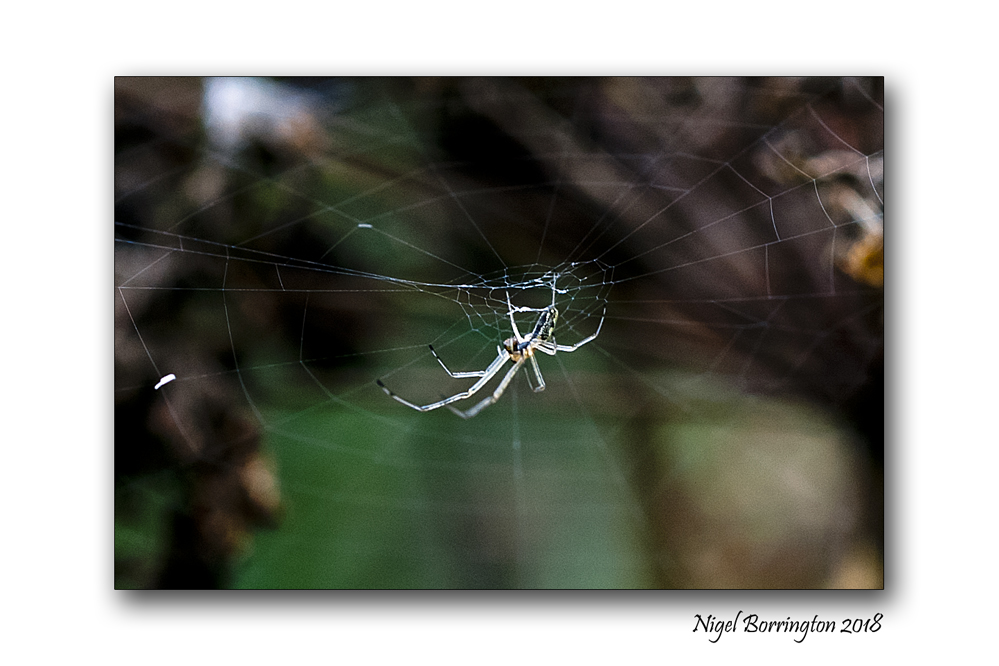
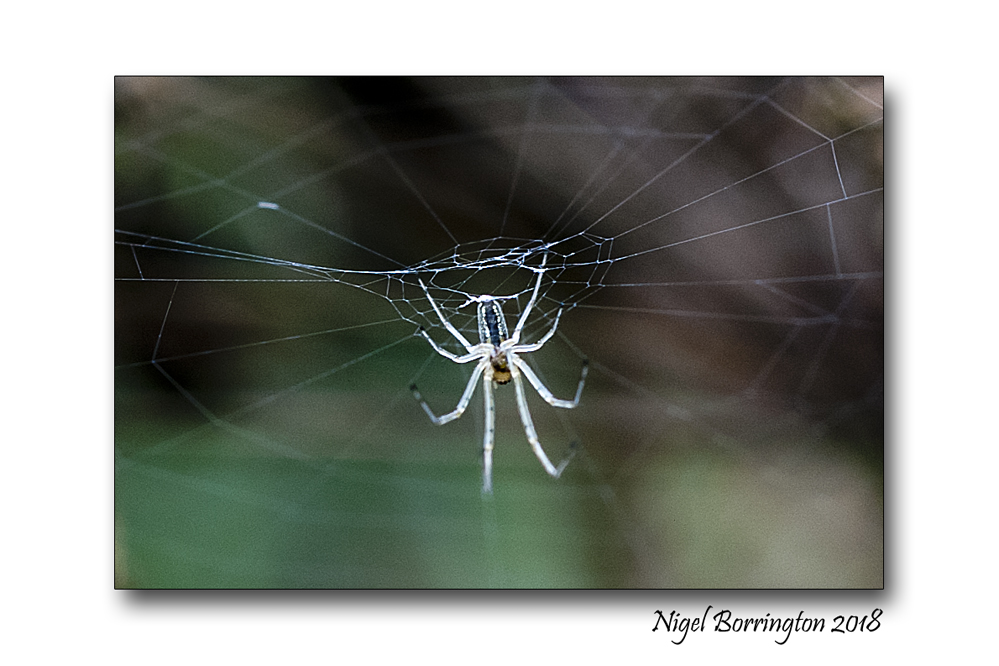
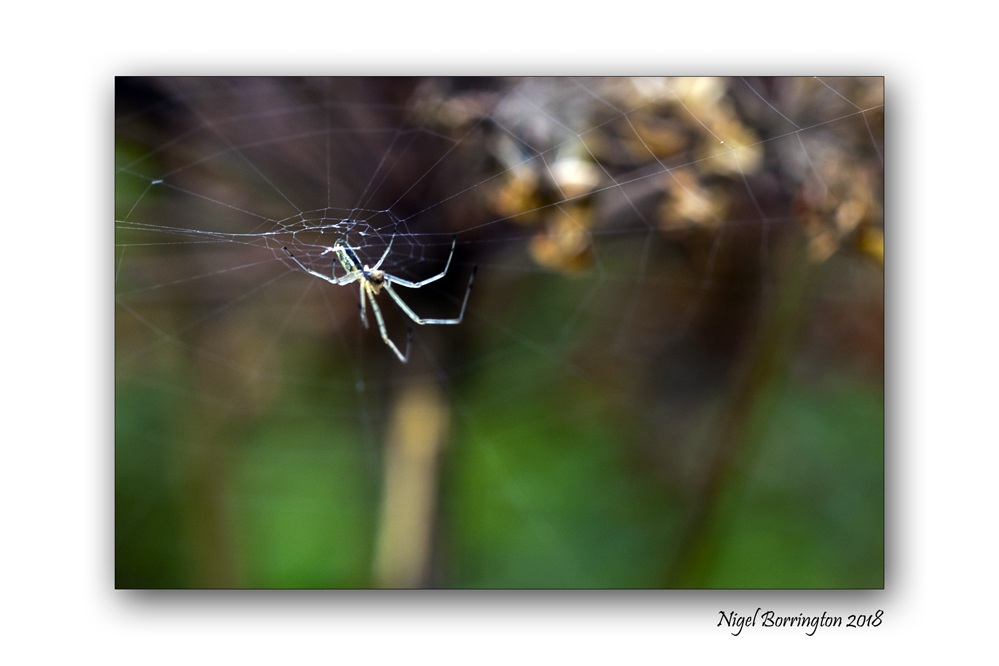
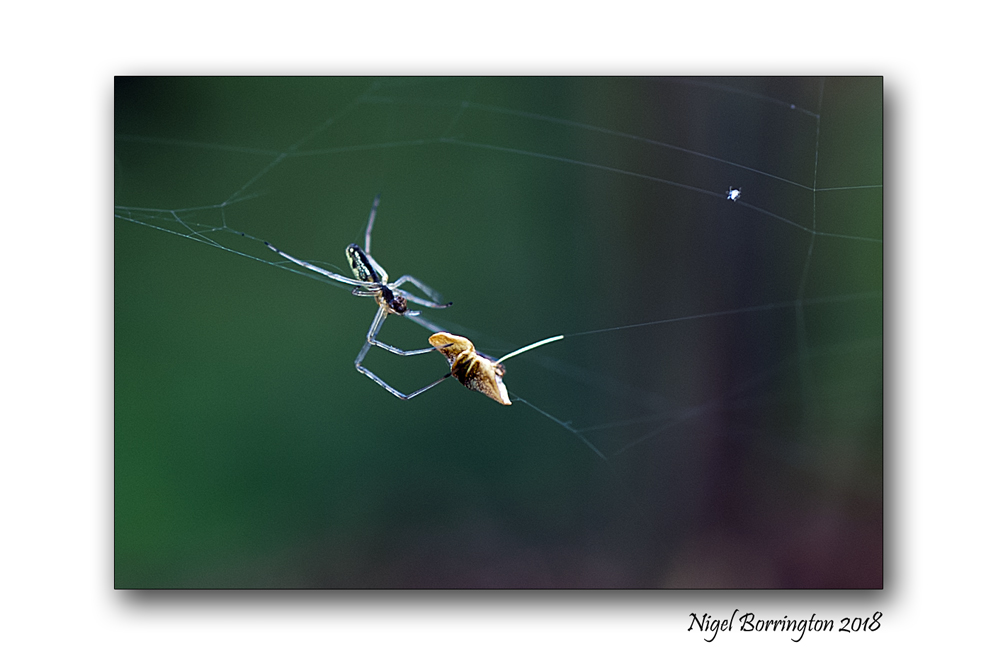
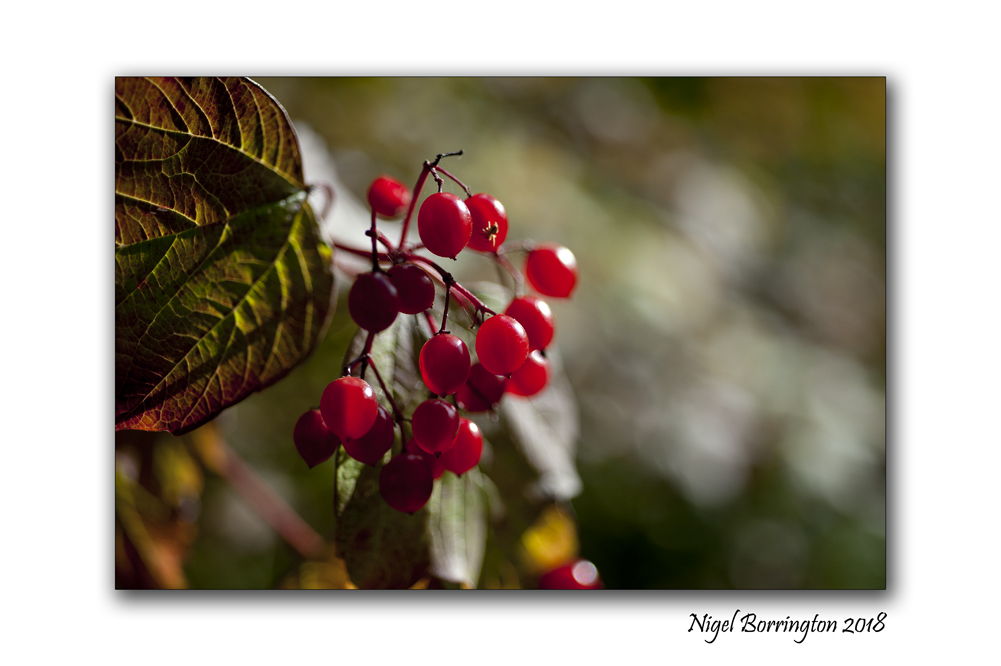
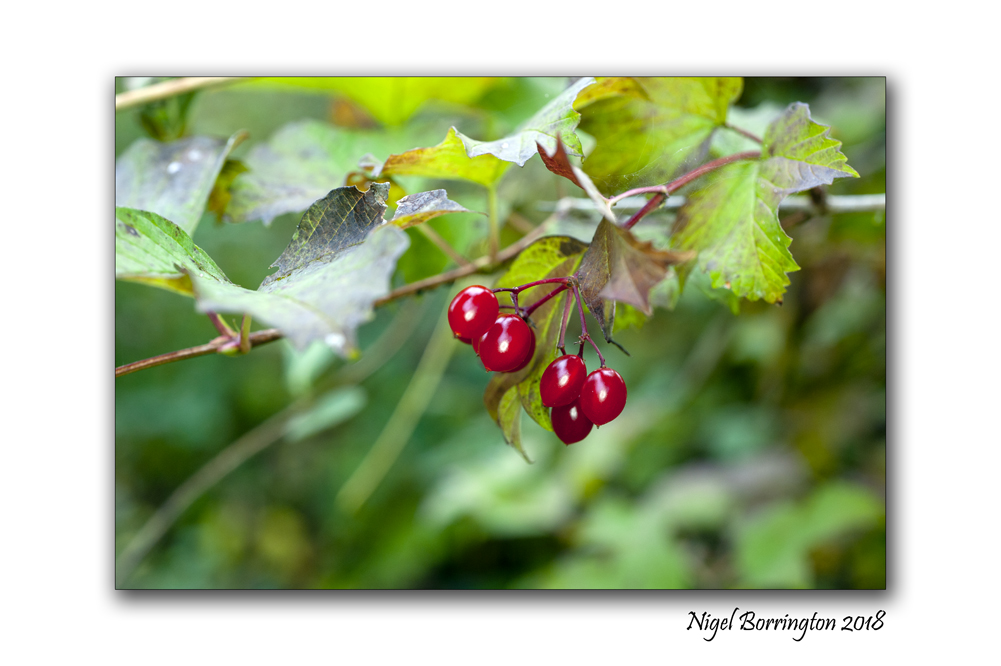

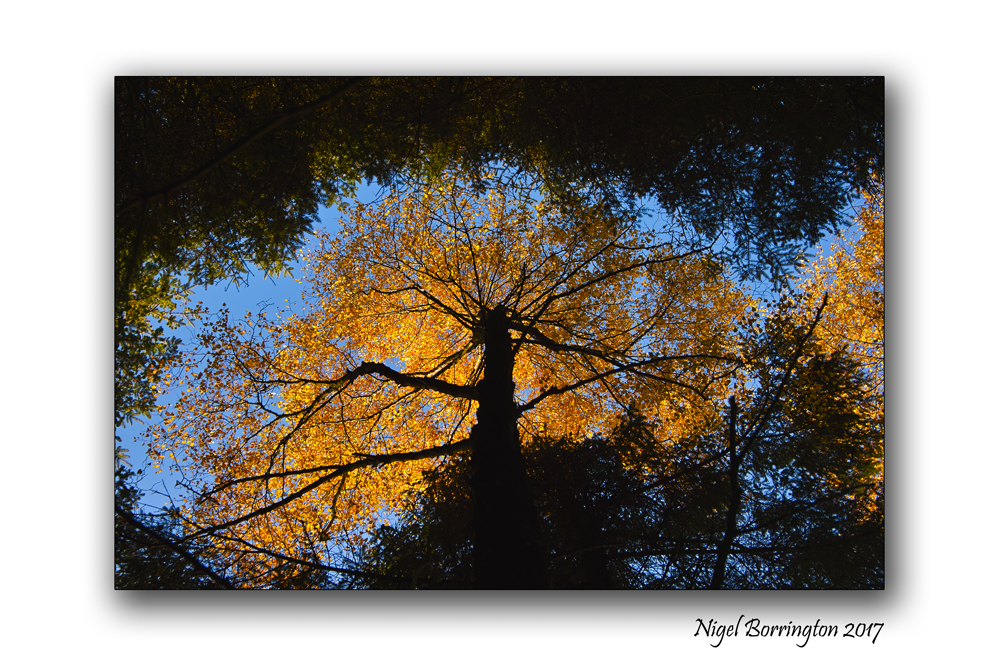
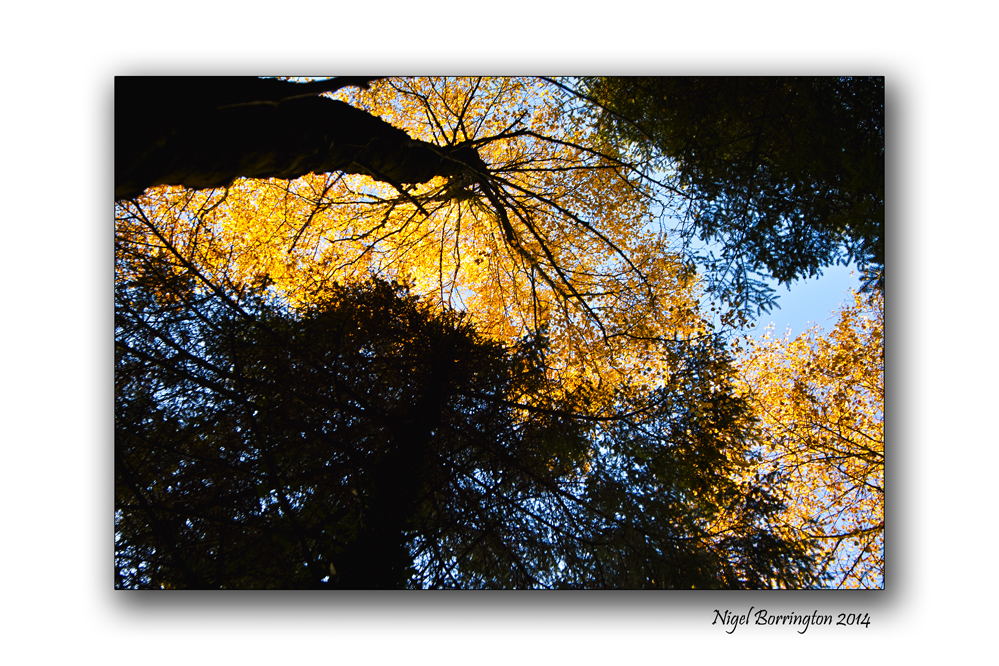

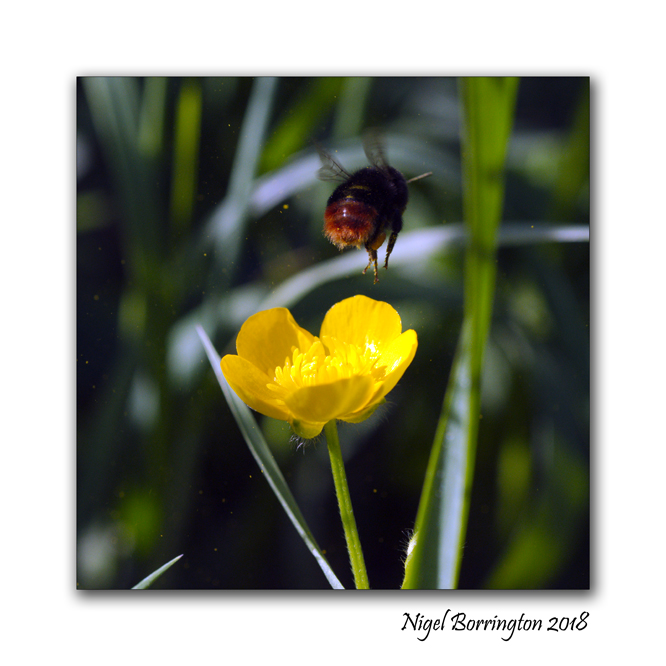
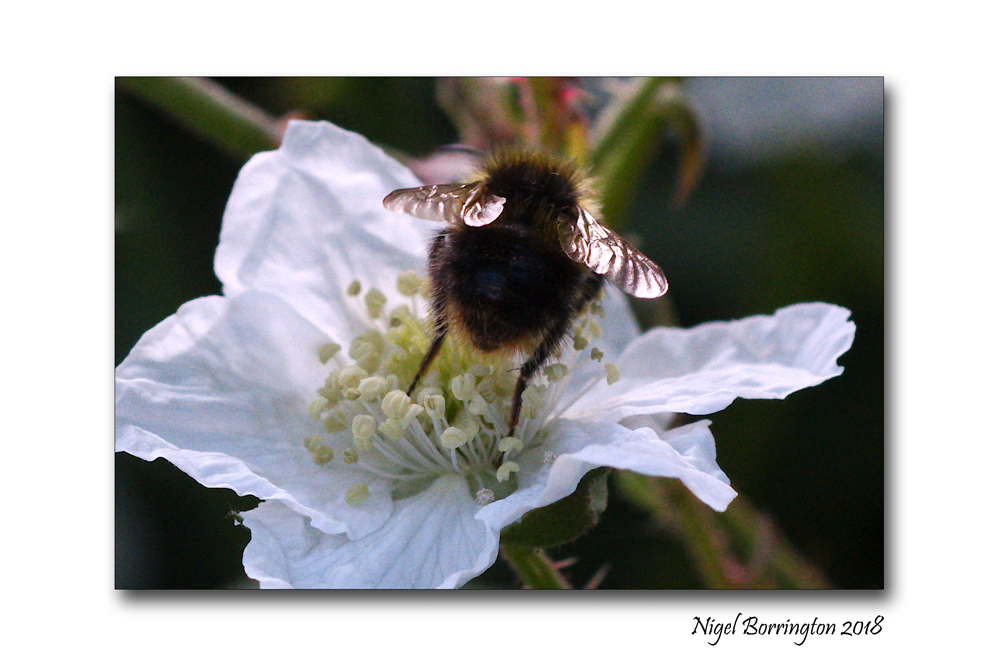


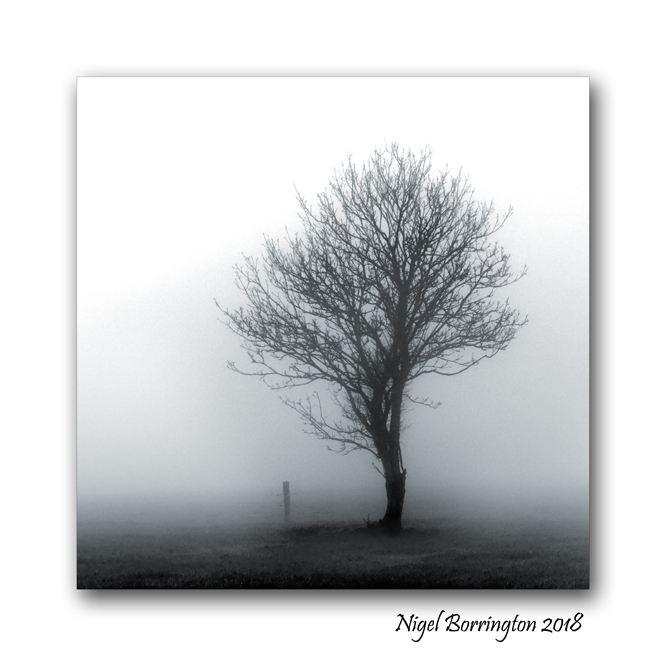



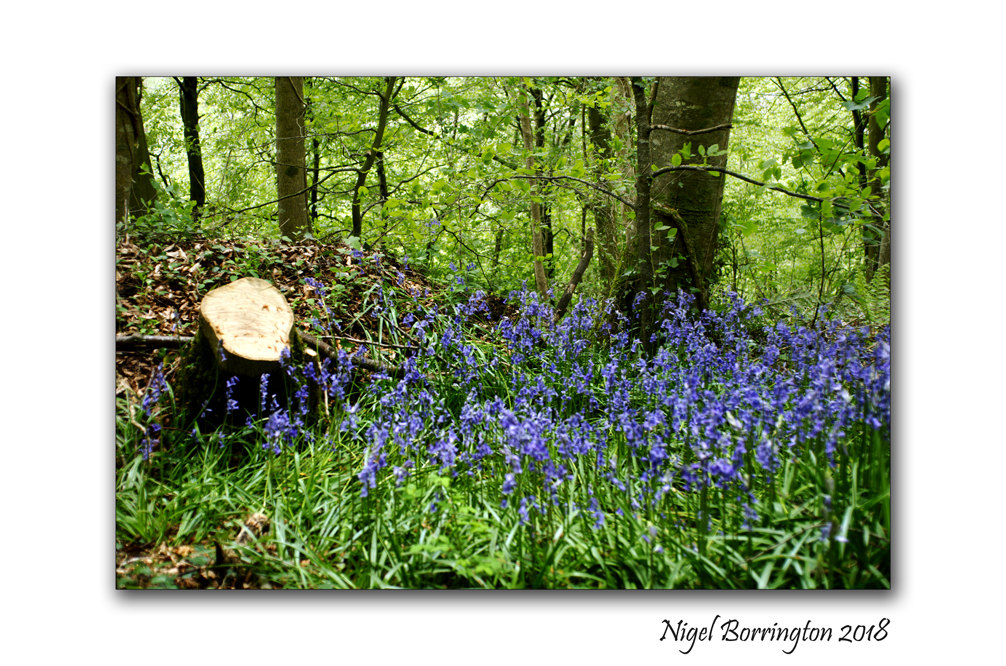



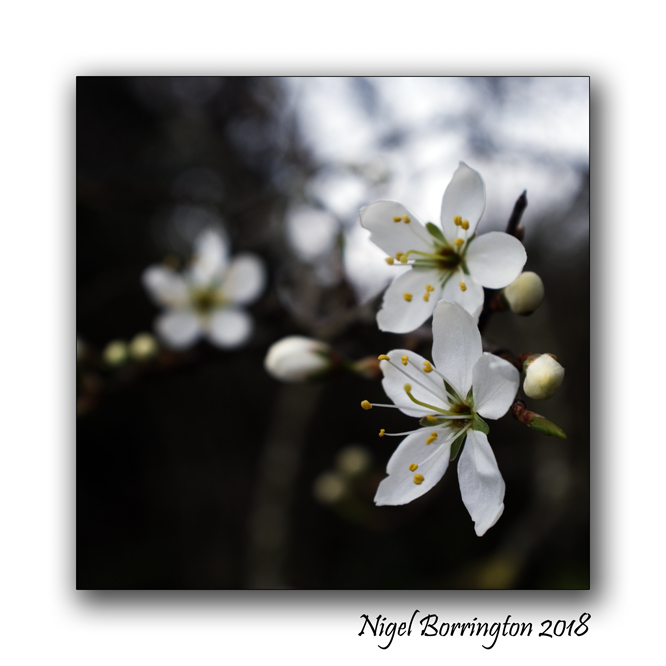



In the October woodlands 3 :Lichens, but they aren’t quite what we thought they are !
A little more detailed this post than my usual Friday posts but I found this articular very interesting, if only for the fact that its amazing just how much there is to be found in our local woodlands and just how much study is being carried ou,t even after so many years to revival the hidden secrets to the life that surrounds us on our daily walks along a forest path …..
Lichens aren’t quite what we thought, shocked scientists discover
Most people know lichens, such as this wolf lichen, as those flaky, light green things that grow on tree bark. You probably learned in school that they’re a mutually beneficial partnership or “symbiosis” between fungi and algae, but many lichens have now been found to include a third partner, a yeast. (Tim Wheeler Photography)
Most people know lichens as those flaky, light green things that grow on tree bark, and learned in school that they’re a mutually beneficial partnership or “symbiosis” between fungi and algae.
But lichen scientists have made the shocking new discovery that many lichens are also made up of a previously undiscovered third partner — a new kind of yeast.
Not only does that potentially alter the fundamental definition of what a lichen is, but it “should change expectations about the diversity and ubiquity” of the organisms that form them, says a new study published Thursday in Science.
University of Montana researcher Toby Spribille samples Bryoria or horsehair lichens. He first started studying lichens 15 years ago in British Columbia. His new study was inspired by a mystery flagged by B.C. lichenologist Trevor Goward. (Christoph Rosche)
The new yeast has apparently gone undetected in lichens for more than a century, despite the fact that scientists all over the world have devoted entire careers to studying lichens closely with microscopes and genetic testing.
That seemed so unlikely that the scientists working on the project had trouble believing it themselves.
“It’s so surprising that you kind of doubt yourself for a long time,” said John McCutcheon, a microbiologist at the University of Montana and a research fellow with the Canadian Institute for Advanced Research who co-authored the new study published today in Science.
“We had to check our data more than 10 times,” recalled Toby Spribille, lead author of the paper. “It seemed to me so unlikely that so many people would have missed that.”
Lichen mystery
Spribille, a University of Montana botanist who first started studying lichens in British Columbia 15 years ago, was inspired by a mystery flagged by B.C. lichenologist Trevor Goward in a series of essays.
Wila or edible horsehair lichen, also known by the scientific name Bryoria fremontii, is a brown-coloured lichen that was an important traditional food for many First Nations in northwestern North America. (Toby Spribille)
It concerned two lichens that grow in B.C. and Montana and considered separate species for 100 years. One called wila or edible horsehair lichen, also known by the scientific name Bryoria fremontii, is a brown-coloured lichen that was an important traditional food for many First Nations in northwestern North America.
The other, called tortured horsehair lichen or Bryoria tortuosa, is yellow and poisonous. However, a recent genetic analysis showed that they were genetically identical — they were made up of exactly the same species of fungus and the same species of algae.
“There’s something really weird about that,” Spribille said.
Tortured horsehair lichen or Bryoria tortuosa, is yellow and poisonous. However, a recent genetic analysis showed that its fungus species and algae species are genetically identical to those in edible horsehair lichen. (Tim Wheeler)
He brought the problem up with McCutcheon, an expert in new, sophisticated genetic techniques that he typically uses to study insects.
Traditional DNA analysis relies on probes or lures to fish out certain characteristic regions of genetic material, partly based on what scientists expect to find — like calling out names in a dark room to see who’s there, Spribille said.
Newer techniques instead look for all genes that are in the process of being translated into proteins via “messenger” molecules called RNA. Spribille likens the technique to turning on the lights.
McCutcheon says that gives a sense of what an organism is doing at any given time.
To the researchers’ surprise, the RNA they found came not just from the fungus and the alga known to be associated with the lichens, but a mysterious third organism.
Further analysis showed it to be a new kind of yeast, belonging to the taxonomic group Basidiomycota, the same one that button mushrooms belong to. It was not at all related to the yeasts used to brew beer or bake bread. Yeast cells and DNA were extremely common in the yellow, poisonous lichen, but rare in the edible brown lichen.
A fluorescent microscope image shows the location of different cell types in a bryoria lichen, cut at the ends and lengthwise through the middle. Green are the yeasts, blue are the fungi, red are the algae. (Toby Spribille)
After running the experiment enough times to convince themselves the signal wasn’t due to contamination and pinpointing the yeast cells in the outer skin of the lichen, the researchers decided to see whether other lichens from around the world also contained the yeast. Sure enough, many did.
“Each lichen has a specific strain of the yeast,” McCutcheon said. “These form several new fungal families.”
DNA analysis suggests the yeast has been part of lichens for more than 100 million years — since the end of the Early Cretaceous, when dinosaurs like spinosaurus and allosaurus roamed the Earth, and flowering plants first appeared.
Spribille said the discovery “seriously challenges” a lot of assumptions that have been held by lichenologists for a century.
“At the next level up, it gives us insight into how one of the most fascinating symbioses works.”
‘Really major finding’
Goward, whose essay inspired the research, said he was delighted by the discovery.
“It’s all very exciting to me,” he added. “If Toby’s idea proves to be correct, this is the second really major finding that changes how we see these organisms” — after the 1860s discovery that lichens weren’t one organism, but made of two separate organisms, an alga and a fungus.
Irwin Brodo, an emeritus scientist at the Canadian Museum of Nature in Ottawa who has devoted himself to the study of lichens for decades, said the discovery was “plausible” but “not proven yet.”
Brodo, who first gave the horsehair lichens the name Bryoria, said he was surprised that the new yeast cells were discovered in a part of the lichen that a lot of lichenologists, including himself, have examined carefully.
“I never saw them,” he said.
But he added that the presence of the yeast might also explain other longstanding mysteries about other lichens that look very different but have been found to be genetically identical.
Share this:
October 19, 2018 | Categories: Comment, Gallery, Images of Autumn, Irish Landscapes, irish woodlands, Nature and Wildlife | Tags: Autumn, forest life, In the October woodlands, Lichens, Nature, Nigel Borrington, woodlands | Leave a comment